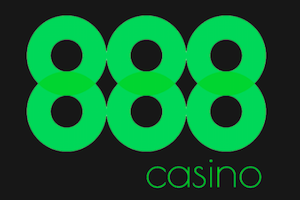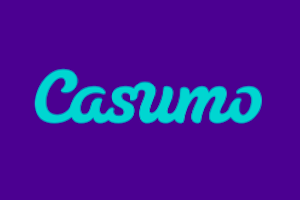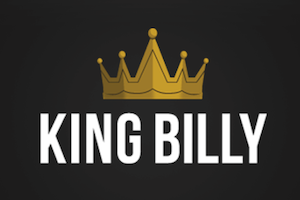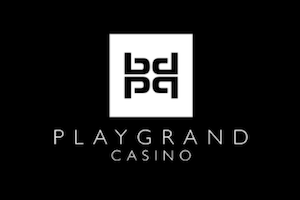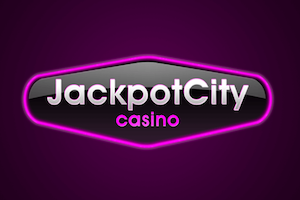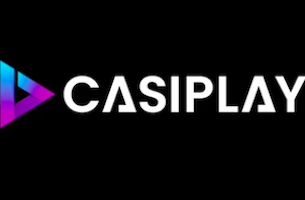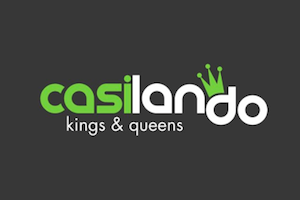Before you go off and explore the Fibonacci strategy and how that can be applied to almost any table game (which it can), it’s best to start off playing at a blackjack casino with the basics in mind. Because sometimes, that’s all you need to have a good time and beat your fellow players and the dealer.
WHEN TO STAND AND HIT
If you get a total of 18, 19 or 20 on your dealt hands, then it’s a good time to stand. With a total so high, it would be fruitless to hit for another card as, more than likely, you’re going to go bust. It’s always advisable to play it safe and stand on these values.
However, with all that being said, experienced players know it’s always most likely that the next card to be dealt with be valued 10, since all face cards have that value. So, if the dealer has a poor upcard like 4, 5, or 6, you can assume his face-down card is a ten, and he will have a poor starting hand of 14, 15, or 16. He will have to draw another card and likely go bust.
So, if you see this situation, you can stand on any two cards of your own – even a total as low as 12.
WHEN TO DOUBLE DOWN
Planning on doubling down? Make sure the time is right. Double Down means you can increase your bet, but with just one more card dealt, so whilst it’s a great option when it works, getting it wrong is costly!
The best times to Double Down are when you have a total of 10 or 11 after two cards, when you have a soft 16, 17 or 18 (one of the cards is an Ace), or a hard 9 or 10 (neither card is an Ace).
And finally, remember NEVER to Double Down when the dealer is showing an Ace, or you have a hand higher than 11 (with the exception of the soft 16, 17 or 18).




